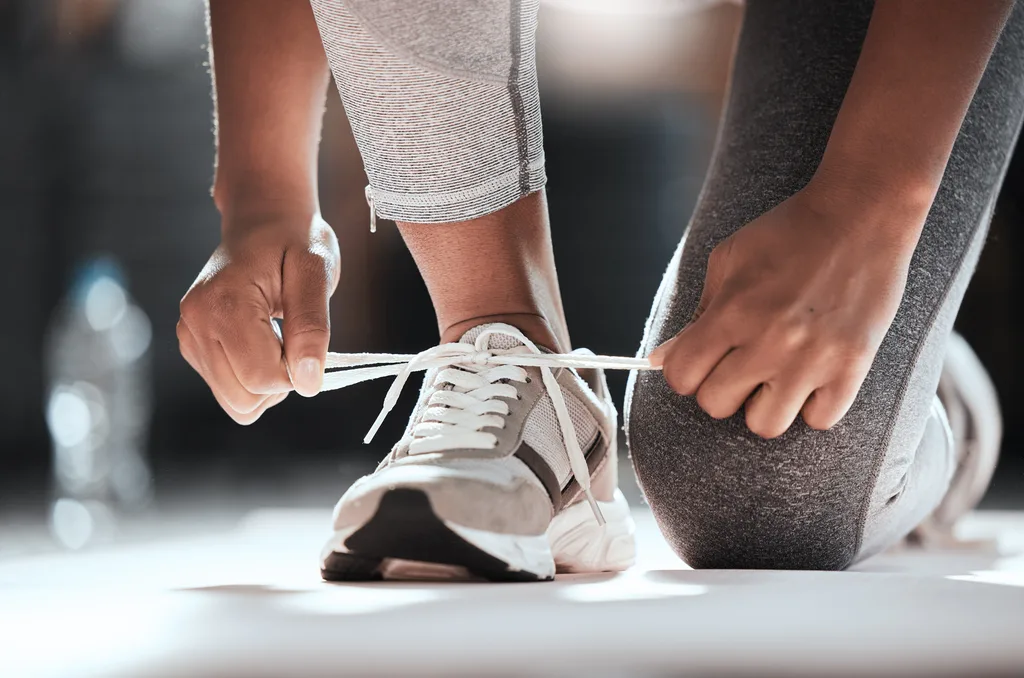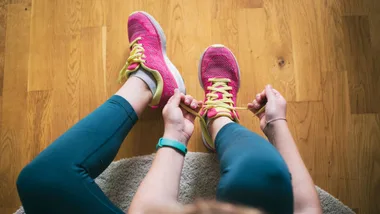Running is one of the best cardio exercises that you can do. Not only does it have a range of health benefits, but it’s also a great way to get outside and clear your head. If you’re a beginner when it comes to running, getting started can be intimidating. Here’s some running tips to get you started.
Invest in a good pair of sneakers
Before you even hit the pavement, one of the singular most important things you need to do is to buy the right pair of sneakers.
“Some individuals have neutral feet, while others may overpronate or supinate, which affects how their feet roll during each stride,” fitness trainer Isaac Robertson tells The Weekly.
“Many running stores offer gait analysis to help determine the right shoe for your specific needs. Look for shoes with ample cushioning to absorb impact and reduce the strain on your joints. A well-cushioned midsole and good arch support can help maintain proper foot alignment.”
Shop the best running shoes here.

Decide on a route
Next, you’ll want to decide on a route you’re going to take on your run. Perhaps it’s a popular walking trail in your suburb, or you’ll run through the streets near your house. Be sure wherever you’re running is safe and that there is ample space for you to run away from traffic and other dangerous obstacles.
Always warm up
One of the most imperative running tips for beginners is to warm up. Just like any other exercise, it’s imperative that you warm up for five minutes before heading out for your run. An effective and short warm up can help prevent serious injury. Here’s some quick movements you can do before starting your run:
- Mountain climbers
- Hip rotations
- Heel to butt stretch
- Forward and side lunges
- Arm circles

Start slow
A crucial mistake for beginner runners is starting off too strongly. Each run should start off at a moderate place, slowly work its way up and then finish strong.
Similarly, a good running pace should mean that you are not totally out of breath or breathing too heavily. In fact, pushing yourself too strong could cut your run shorter than what it needs to be.
It’s also important not to feel like you need to run every day when you’re starting out. When you first begin running, you’ll need to allow time for your muscles and tendons to recover and rebuild.
Feeling sore can be normal
If you’re finding that the next day or so after you run, you have pain in your legs and glutes – you’re most likely experiencing delayed onset muscle soreness (DOMS). This is generally a normal thing to feel as your body and muscles adapt to your workout regimen.
However, if you’re getting pain that is concentrated in one particular area and that starts during the workout – you may be feeling the early signs of an injury.



